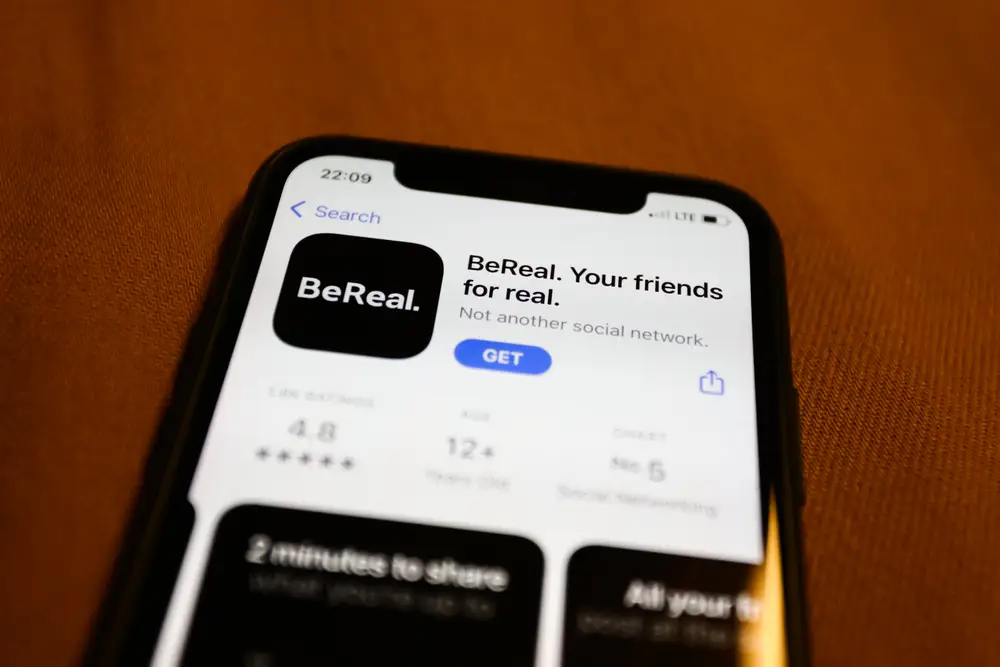CLOSE FRIENDS
How Friendster Shaped the Early Days of Social Media
Friendster was launched in March 2002 by Jonathan Abrams, emerging as one of the first major social networking platforms. It aimed to connect people through shared interests and mutual friends, leveraging the concept of "six degrees of separation." This innovative approach made Friendster a trailblazer in the social networking space.
Friendster allowed users to create profiles, connect with friends, and share content. Key features included user profiles, friends lists, testimonials, and photo sharing. Users could personalize their profiles with photos and interests, write testimonials for friends, and see their extended network of connections. This interconnectedness fostered a strong sense of community and made it easy for users to expand their social circles.
At its peak, Friendster had millions of users worldwide, particularly in Asia. It was especially popular in countries like the Philippines, Malaysia, and Singapore. The platform’s user-friendly interface and innovative features attracted a diverse and engaged user base. Friendster became a central hub for social interaction, digital communication, and content sharing.
Despite its early success, Friendster faced several challenges that led to its decline. Technical issues, such as slow load times and frequent outages, frustrated users. Additionally, as competitors like MySpace and Facebook emerged with more robust and user-friendly features, many users migrated to these new platforms. MySpace offered better customization options and a stronger focus on entertainment, while Facebook introduced a cleaner interface and innovative features like the News Feed. These new competitors quickly overshadowed Friendster, causing a significant drop in its user base.
By the late 2000s, Friendster’s user base had dwindled significantly. In 2009, Friendster was acquired by MOL Global, a Malaysian company, for $26.4 million. Under new ownership, Friendster attempted to pivot towards becoming a social gaming site. The rebranding aimed to capitalize on the growing popularity of online gaming and virtual worlds. However, this transition did not revive its fortunes. While the new focus attracted some interest, it was not enough to regain the platform’s former glory.
In 2011, Friendster officially shut down its social networking service, deleting all user accounts and data. The platform relaunched later that year as a social gaming site, but it never achieved the same level of success. By 2015, Friendster had ceased all operations, marking the end of its journey.
Friendster’s legacy lives on as one of the pioneers of social networking, laying the groundwork for future platforms. It demonstrated the potential of connecting people online and introduced features that became standard in later social networks. Friendster showed the world how powerful and engaging social media could be, influencing the development of subsequent platforms like Facebook, LinkedIn, and Twitter. While Friendster’s time in the spotlight was relatively short, its impact on the digital landscape is undeniable.




